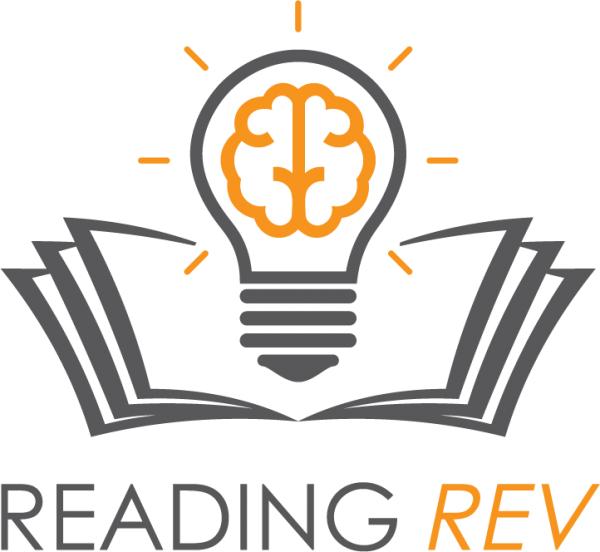5 Skills Needed For Proficient Writing- #2 Syntax & Sentence Writing
I recently read a book that helped me wrap my head around what it actually takes to become a skilled writer. Like reading, writing involves mastering several interconnected microskills. Joan Sedita’s Writing Rope, A Framework for Explicit Writing Instruction highlights five essential strands that contribute to writing proficiency. Like understanding Scarborough’s Reading Rope, this concept allows us to analyze the microskills that may be inhibiting our students’ ability to fluently and skillfully write.
In this blog series, we will look at each of the 5 strands through the intermediate lens. Hopefully, by breaking writing down into these subskills, we can make the whole process seem a little more manageable! Follow our plan and in 12 weeks, feel confident about your students writing ability for standardized testing.
5 Strands of the Writing Rope:
The next strand we’ll discuss is the syntax strand. I am veering from the order in the book because sentence level fluency seems the logical next step in writing acquistion. If a student can’t write a sentence, they can’t write a paragraph or essay.
The Importance of Teaching Syntax
In March of 2023, we took an extensive look at language comprehension as it relates to the Simple View of Reading. Syntax is one of the 4 componets of language comprehension. You can read that blog series here. Isn’t it interesting that syntax is again resurfacing as we talk about the writing rope?
When we think about strong writers, we often focus on their ability to communicate ideas effectively, but there’s a hidden layer that supports all great writing: syntax. Syntax, the way words are organized and structured into sentences, plays a critical role in reading comprehension, fluency, and composition. Teaching syntax equips students with the tools they need to write clearly, combine ideas, and understand complex texts. In fact, research highlights that a strong grasp of syntax improves overall literacy skills and enhances a student’s ability to engage with academic content across disciplines.
A 2020 study by MacArthur et al. underscores this point, showing that explicit grammar and syntax instruction directly impacts the quality of students’ written compositions. In short, syntax isn’t just about writing sentences; it’s about unlocking a deeper understanding of language itself.
Teach the 4 Big Ideas of Syntax
1. The Complete Sentence. Understanding what makes a complete sentence is foundational to syntax. A sentence requires a subject and a predicate, and it must express a complete thought. Without this basic building block, writing becomes fragmented and unclear. Teaching students to recognize and construct complete sentences helps them build a solid foundation for effective communication.
2. Expanding Sentences Using the Parts of Speech. Once students grasp the basics of a complete sentence, they can learn how to expand their ideas using the parts of speech. Adjectives, adverbs, and prepositions allow students to add detail and specificity to their sentences, making their writing richer and more engaging. For example, instead of writing, “The dog ran,” they can write, “The energetic dog ran quickly through the park.”
3. Clauses are the building blocks of more complex sentences. Teaching students the difference between independent and dependent clauses—and how to combine them effectively—is key to improving their writing. For instance, combining clauses with conjunctions or punctuation allows students to convey more nuanced ideas: “The dog ran quickly, but it stopped when it saw a squirrel.”
4. Using Phrases to Build Clarity Phrases—such as prepositional, participial, and appositive phrases—help students add depth and clarity to their sentences. Phrases allow writers to provide additional context without creating overly lengthy or confusing sentences. For example: “The dog, tired from running, lay down in the shade.” Mastering phrases helps students write with precision and style.
Exploring Sentence Types:
Another important layer of syntax is understanding the four kinds of sentences: declarative, interrogative, imperative, and exclamatory. Knowing how to identify and use these types helps students match their sentence structure to their purpose in writing. For example:
Declarative: “The dog is sleeping.” (to inform)
Interrogative: “Is the dog sleeping?” (to inquire)
Imperative: “Let the dog sleep.” (to command)
Exclamatory: “What a tired dog!” (to express emotion)
Connecting Syntax and Punctuation
A strong understanding of syntax directly informs how students use punctuation. From periods and commas to colons and semicolons, punctuation marks provide cues that mirror sentence structure. For example, knowing where to place a comma when combining clauses or how to use a semicolon between two independent clauses stems from an understanding of syntax. By mastering these concepts, students gain control over their writing, ensuring their ideas are conveyed with clarity and intention.
Complex Ideas brought to life!
Learning complex sentence structures can feel challenging, but bring these lesson to life with multi-sensory activities that make the intangible ideas more concrete.
You will be surprised how your students will begin reading challenging texts more fluently and begin punctuating sentences correctly!
Why Syntax Matters
Syntax isn’t just a “grammar skill”—it’s a gateway to stronger writing, clearer communication, and improved literacy overall. When students understand how sentences work, they can organize their ideas, expand on them meaningfully, and use punctuation confidently to guide their readers. Teaching syntax builds a bridge between language mechanics and creative expression, empowering students to become confident, capable writers. Read more about effectively teaching writing here.








